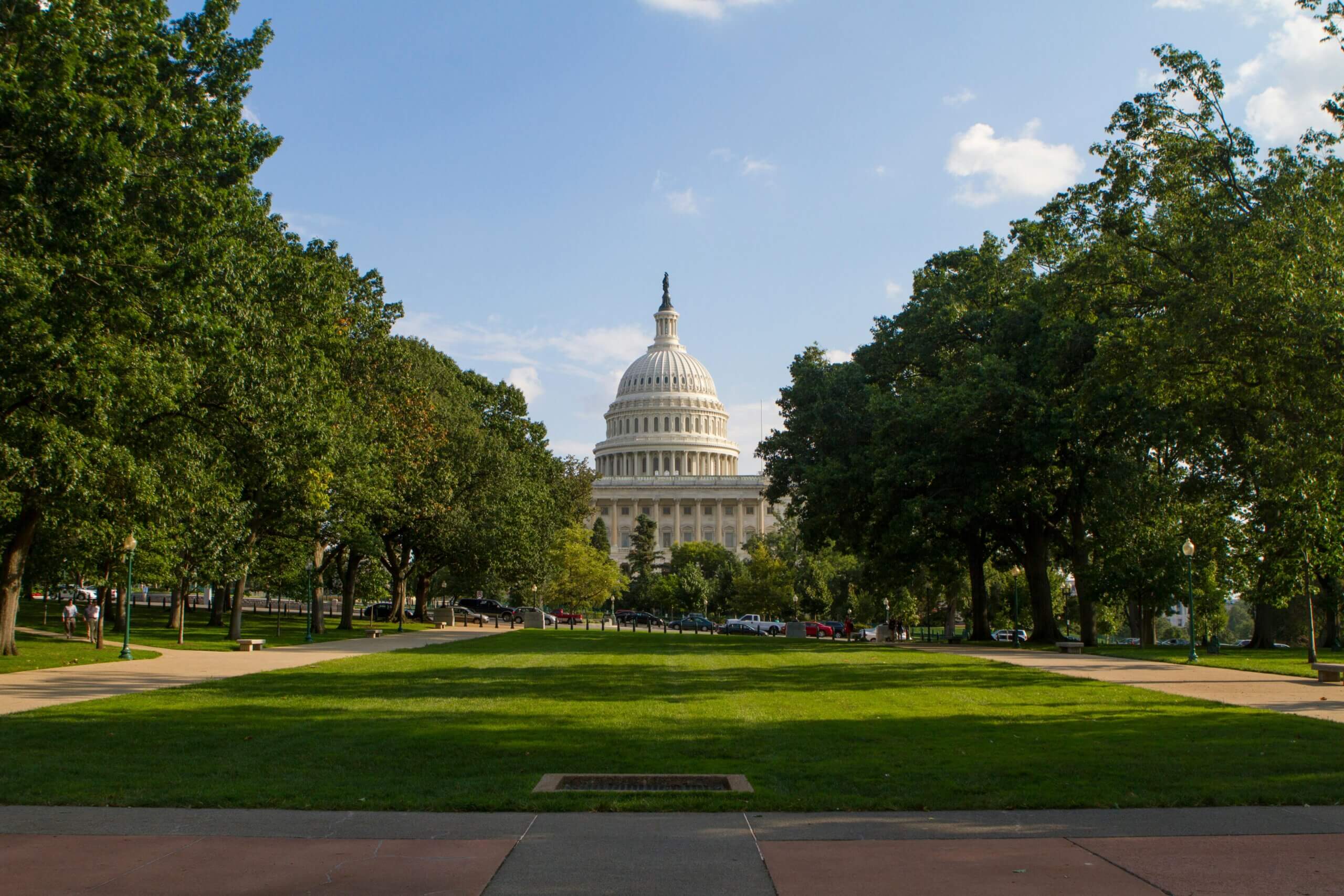Science plays a vital role in the policy process, and relationships with policymakers are a great way for you to expand the impact of your work! Washington, DC has many norms and customs that can help guide your time there, get you talking to the right people, and (for better or worse) shape how you are perceived by your target audience, be it an agency expert, a congressional staffer, or even a congressperson themself. A vital part of being a strong science communicator is being a prepared communicator, and in order for your science to be heard, understood, and acted upon, there are concrete steps you can take to prepare yourself for a meeting in the capital (or Capitol).
Below is a list of tips and tricks to help you navigate your interactions with federal lawmakers and officials!
What are you walking into?
- Do your research: Some questions to guide your research: who are your congresspeople? What congressional offices are working on your issues? Who is sitting on committees that relate to your area of expertise? What bills are currently being worked on? Organizations like COMPASS can serve as boundary-spanners, and are happy to consult with you and provide background information and point you towards resources that may be helpful. Other tools, like congress.gov, can help you figure out who you might want to talk to as well, or at least orient you in a certain direction.
- Contact your government relations office (if relevant): It’s up to you as to whether you want to reach out as an agent of your institution or as a private citizen or, better yet, constituent, but if you work at an academic institution, your government relations office can be a vital resource. They will have access to offices through preexisting relationships, more resources to help you prepare, and will ideally have specific expertise as to how you should approach your policy engagement. On the flip side, however, they will likely want to review your message and research, and may have their own priorities in terms of how they want the institution to present itself on the Hill.
- Reach out to the Hill: contact your representative’s office, either through a staffer or by reaching out directly to your representative! Emails are great, but surprisingly in 2024, phone calls can sometimes be just as effective. When contacting an office, be prepared to move quickly if/once they express interest in talking to you; have meeting times in mind, and be flexible. Don’t be offended if it takes multiple tries to get something on the books—staffers are busy.
- Virtual vs. in-person? One upside of the COVID-19 pandemic is that it dramatically expanded the ease of access and willingness of government offices to use platforms like Zoom, Microsoft Teams, and Google Meet to facilitate meetings. If you can offer a virtual option, it may help you get across the finish line of scheduling a meeting!
Preparing for your meeting
- Refine your message, and clarify your ask: we’re COMPASS, so of course we’re going to recommend that you use a Message Box to focus and hone your message (and we’d love to help you with it!). Staffers handle a wide portfolio of subjects and topical areas in helping congresspeople prepare legislation, so the more prepared and focused you can be beforehand, the more likely it is your meeting will be constructive. Be prepared, however, to ultimately make an ask—ideally, your conversation should naturally lead to this point.
- Practice! Work on sharing your key points with someone who isn’t an expert in your field, or, better yet, isn’t even a scientist! This will help you prepare for unexpected questions, and is a more likely representation of where your staffer is coming from.
- Prepare a one pager: have succinct printouts, highlighting your key points and statistics, ready to go! A strong one-pager is a vital tool in your toolbox to help staffers understand what you’re saying and may help you stick in their mind in the future.
The day of your meeting
- Review recent press releases: Congressional offices publicize what they’re doing through press releases, so consult them ahead of time to see if there’s been recent movement in your area of expertise, and consider how your message relates to what your office has been most recently working on.
- Dress well: The Hill is well-known for its culture of formal business attire. While suits aren’t necessarily required, they’re the safest bet. However, norms do shift over time, and when Congress isn’t in session, people tend to dress down (relative to formal business wear). This resource from Texas A&M has some strong tips, with an admittedly Texas bent. Rules of thumb: no matter what you’re wearing, be professional, make sure your clothes are clean and ironed, and don’t show your toes.
- Know where you’re going! House and Senate office buildings are mid-century mazes, and congresspeople are scattered across them. Make sure you know, at a minimum, which building(s) you’re going to, and don’t be afraid to print off maps or ask for directions (security guards are helpful in this regard).
- Bring business cards: self-explanatory. Along with a one-pager, this is the surest bet that you may hear back from who you talked to.
- Have a conversation: though you may be the topical expert in the conversation, understand that your audience may have different priorities and goals in the conversation. Ask if they have questions, and be willing to make small talk! You never know where it might take you.
Following up
- It’s an ongoing process: followup may happen quickly, but it might take months. Don’t be afraid to send multiple emails—it’s easy for communication to get lost in the shuffle, and just because someone doesn’t get back to you immediately doesn’t mean they’ve forgotten you or lost interest in what you shared.
- Keep your contacts updated: Make sure that the people you talked to know what you’ve been up to! Send them updates about your research, blog posts, and projects, and even popular articles about your field of study—it reinforces you as an expert who, importantly, is active in their field.
- Structure your communications: it’s a good idea to structure emails in such a way that makes it easy for your audience to quickly parse the key points of your message. Bullet points and overviews before the main body of an email can help your messages further stick in a staffer’s mind.
- Understand your contact’s context: congressional staffers are busy, and may be working on a wide variety of topics whose prioritization is constantly shifting. Be succinct and clear in your communication, and be flexible and understanding of their background and workload!
Working in the policy process is a constant conversation between you and the offices you’ve opted to work with. However, by being prepared and personable, you can be a vital resource for policymakers, and may see your impact in a piece of legislation further down the road. For more tips about the policy engagement process, see this compilation of COMPASS policy tips.
What other questions do you have? What did we miss, and what advice would you give a scientist preparing for their first Hill meeting? We’d love to hear from you!


